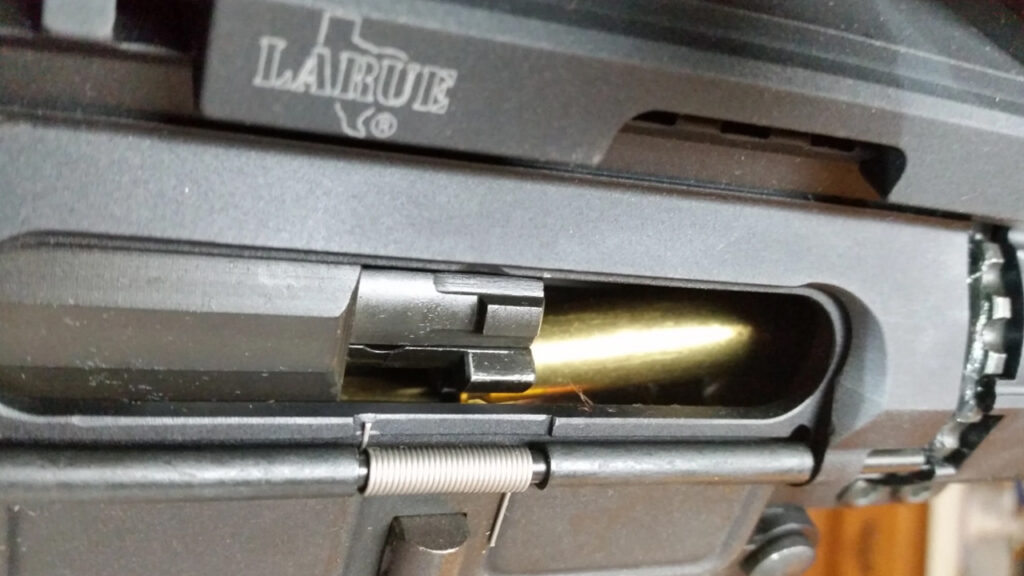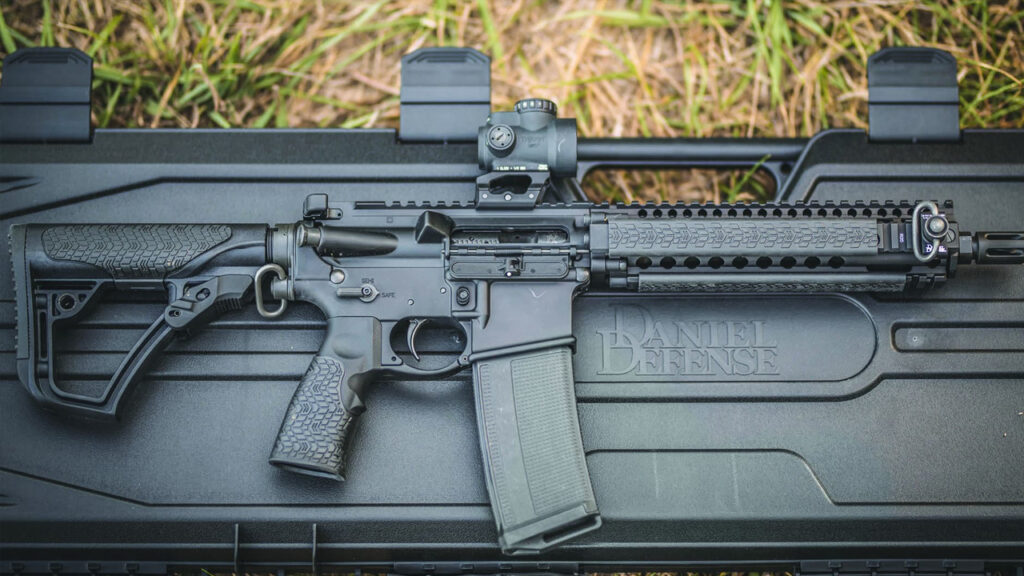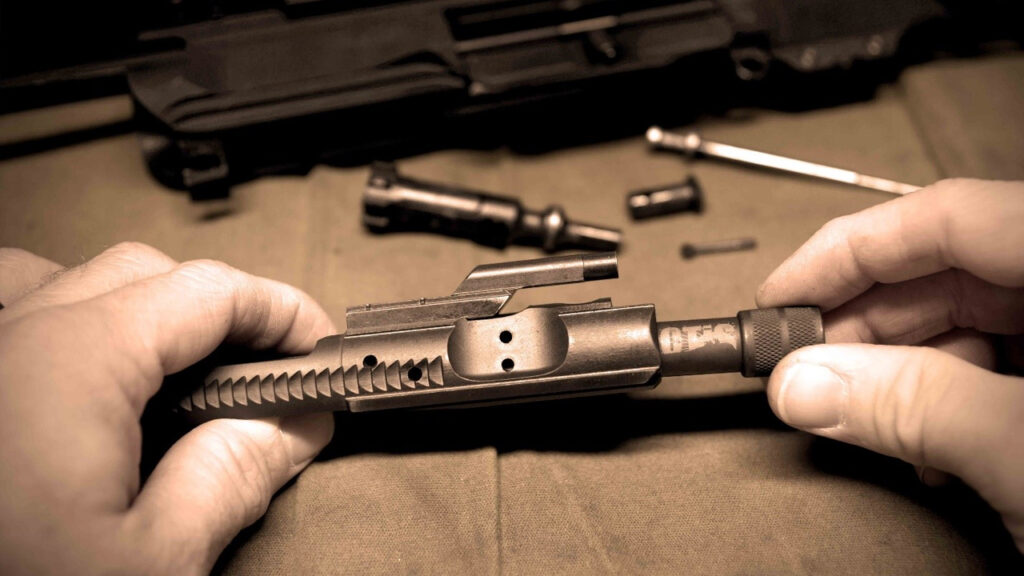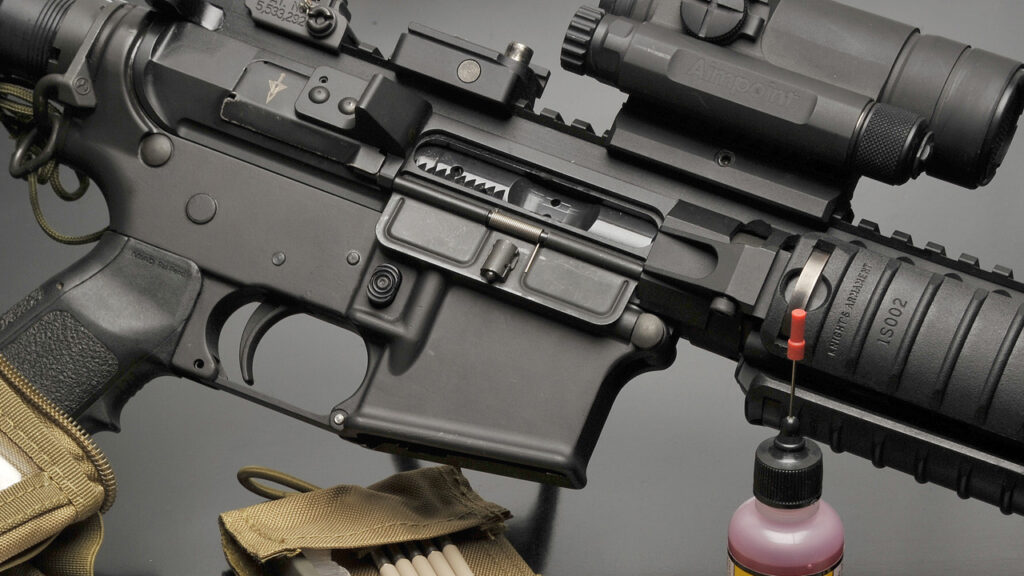Выбор для ставок пин ап казино и знакомство с правилами сайта
Рынок азартных развлечений стремительно растет, запускаются новые клубы, предлагающие огромный ассортимент игр и акций для гемблеров. Каждое заведение хочет выделиться

The rifling of an AR-15 barrel plays a crucial role in determining the accuracy and performance of the firearm. Rifling refers to the spiral grooves cut into the barrel’s bore, which impart spin to the projectile, stabilizing its flight and improving accuracy. Understanding the basics of AR-15 rifling is essential for firearm enthusiasts, gunsmiths, and competitive shooters alike.
Rifling comes in various configurations, including different twist rates and profiles, each influencing the flight characteristics of the projectile. Shooters can make informed decisions about ammunition selection, barrel maintenance, and overall firearm performance by grasping the fundamentals of rifling.
Measuring AR-15 rifling is essential for evaluating the condition of the barrel, assessing accuracy potential, and identifying any potential issues that may affect performance. By accurately measuring rifling characteristics such as twist rate, groove diameter, and bore condition, shooters can optimize their ammunition selection, barrel maintenance, and shooting technique to achieve consistent and precise results on the range or in the field.
With accurate measurements, shooters can identify deviations from the manufacturer’s specifications, ensuring that the firearm operates within optimal parameters. This proactive approach to maintenance and evaluation can prevent potential issues from escalating and ultimately improve the longevity and reliability of the gun.

Several specialized tools are available for measuring AR-15 rifling, each designed to provide precise and accurate data on rifling characteristics. One common tool is the bore scope, a small, flexible camera that can be inserted into the barrel to visually inspect the rifling and identify any signs of wear or damage. Additionally, micrometers and calipers are used to measure groove diameter and land width, while chamber and headspace gauges are employed to ensure proper chamber dimensions and alignment.
These tools empower shooters and gunsmiths to thoroughly evaluate the barrel’s condition, identify potential issues, and make informed decisions about maintenance or upgrades. By investing in high-quality measuring tools, shooters can take control of their firearm’s performance and ensure it meets their exacting standards.
In addition to using specialized tools, shooters can employ various techniques to assess the condition and performance of AR-15 Rifling. One common method is the “white paper test,” in which a piece of white paper is wrapped around a cleaning rod and inserted into the barrel. By examining the paper for marks or abrasions left by the rifling, shooters can gauge the condition of the bore and identify any potential issues affecting accuracy.
Another technique involves using precision measurement tools, such as calipers or micrometers, to measure the dimensions of the rifling and compare them to the manufacturer’s specifications. This allows shooters to identify any deviations or abnormalities that may indicate wear or damage to the barrel.

twist rate refers to the rate at which the AR-15 Rifling twists within the barrel, expressed as the length it takes for one complete revolution. The twist rate plays a crucial role in determining the stability and accuracy of a projectile, with faster twist rates generally better suited for stabilizing heavier bullets. Understanding the twist rate of an AR-15 barrel is essential for selecting the appropriate ammunition and optimizing accuracy.
The twist rate of an AR-15 barrel is typically expressed as a ratio, such as 1:7 or 1:9, where the first number represents the length of the barrel in inches required to complete one full revolution of the rifling, and the second number represents the length of the bullet in inches. For example, a barrel with a twist rate of 1:7 would complete one full revolution of the rifling every seven inches of barrel length.
Measuring the twist rate of an AR-15 barrel requires specialized tools and techniques to ensure accuracy and reliability. One common method is to use a twist rate gauge, consisting of a rod with a calibrated tip inserted into the barrel and rotated to measure the length of one complete revolution. Additionally, shooters can manually calculate the twist rate by observing the distance a reference point on a cleaning rod travels during one complete rotation inside the barrel.
It’s essential to consider the specific characteristics of the ammunition used when measuring twist rate, as different bullet weights and designs may perform optimally with different twist rates. By accurately measuring the twist rate of their barrel and selecting ammunition accordingly, shooters can achieve optimal stability and accuracy with their AR-15 rifles.
Over time, AR-15 Rifling may experience wear and erosion due to the high-pressure and high-temperature conditions generated during firing. Throat erosion, in particular, refers to the gradual enlargement of the chamber and throat area near the chamber, which can affect accuracy and consistency. Assessing barrel wear and throat erosion is essential for optimal performance and longevity.

Barrel wear and throat erosion can be caused by various factors, including the type and quantity of ammunition used, the rate of fire, and the overall maintenance and care. By regularly inspecting the barrel for signs of wear and erosion, shooters can identify any issues early and take proactive steps to address them before they impact performance.
Several tools are available for assessing barrel wear and throat erosion in AR-15 barrels, including bore scopes, chamber gauges, and throat erosion gauges. Borescopes allow shooters to visually inspect the bore for signs of wear, erosion, or fouling. In contrast, chamber and throat erosion gauges precisely measure chamber dimensions and throat erosion depth.
Regularly measuring and monitoring barrel wear and throat erosion can help shooters identify issues before they escalate and affect performance. Shooters can ensure that their AR-15 rifles remain reliable and accurate for years by investing in high-quality inspection tools and conducting thorough evaluations.

In conclusion, measuring and evaluating AR-15 rifling is essential for optimizing performance, accuracy, and longevity. By understanding the basics of rifling, employing specialized tools and techniques, and assessing key factors such as twist rate and barrel wear, shooters can ensure that their AR-15 rifles perform at their best. Precision and consistency are important for competitive shooting, hunting, or personal defense, and accurate measurement and evaluation of rifling characteristics are key to achieving these goals. With the right tools and knowledge, we at Advanced Combat unlock the full potential of the AR-15 rifles and enjoy enhanced performance and satisfaction on the range and in the field.
Рынок азартных развлечений стремительно растет, запускаются новые клубы, предлагающие огромный ассортимент игр и акций для гемблеров. Каждое заведение хочет выделиться
Bitcoin Casino Free Spins ֍ Play Btc Which have Totally free Revolves For Register Articles Clean Casino Best Bitcoin Gambling